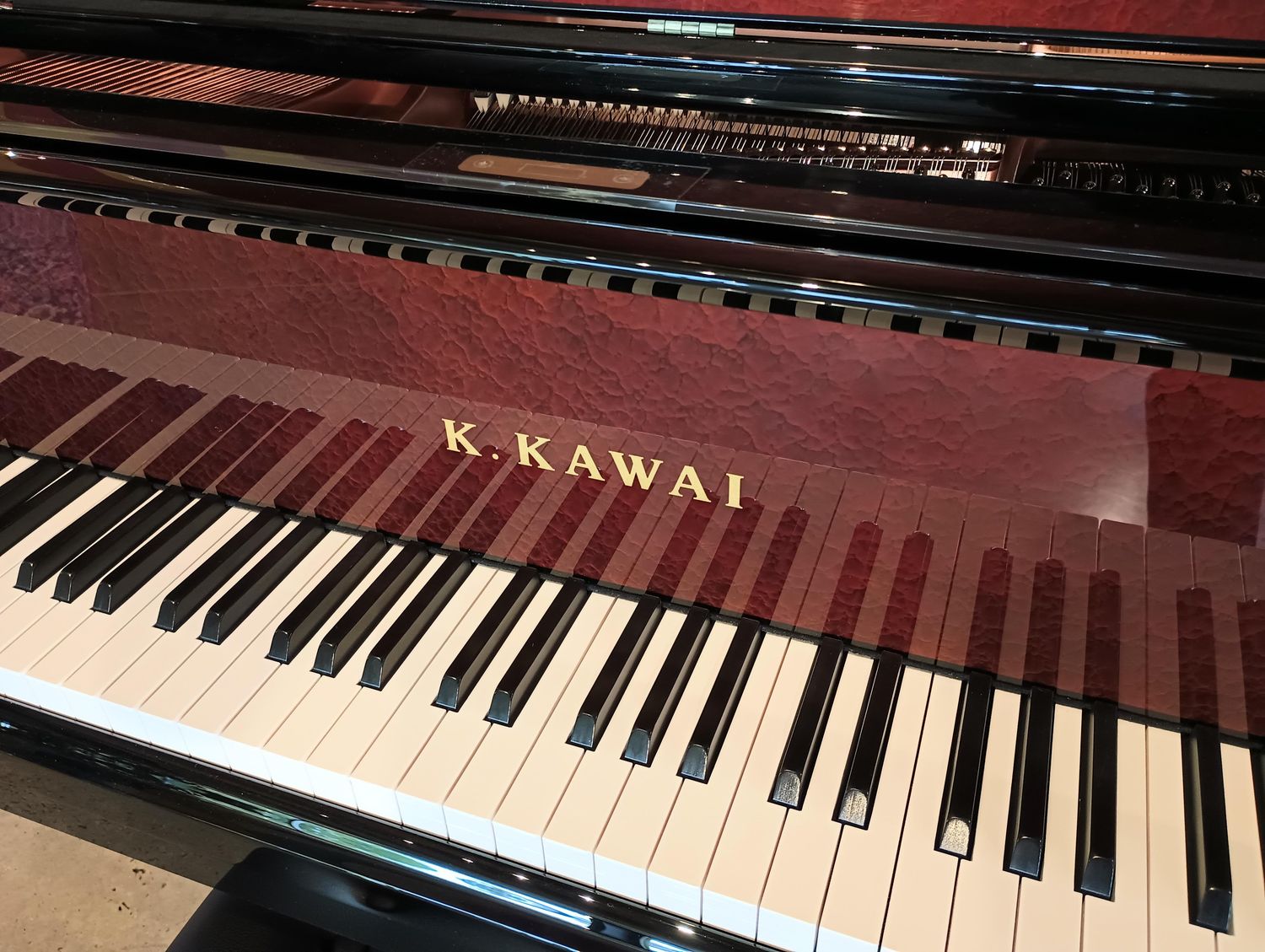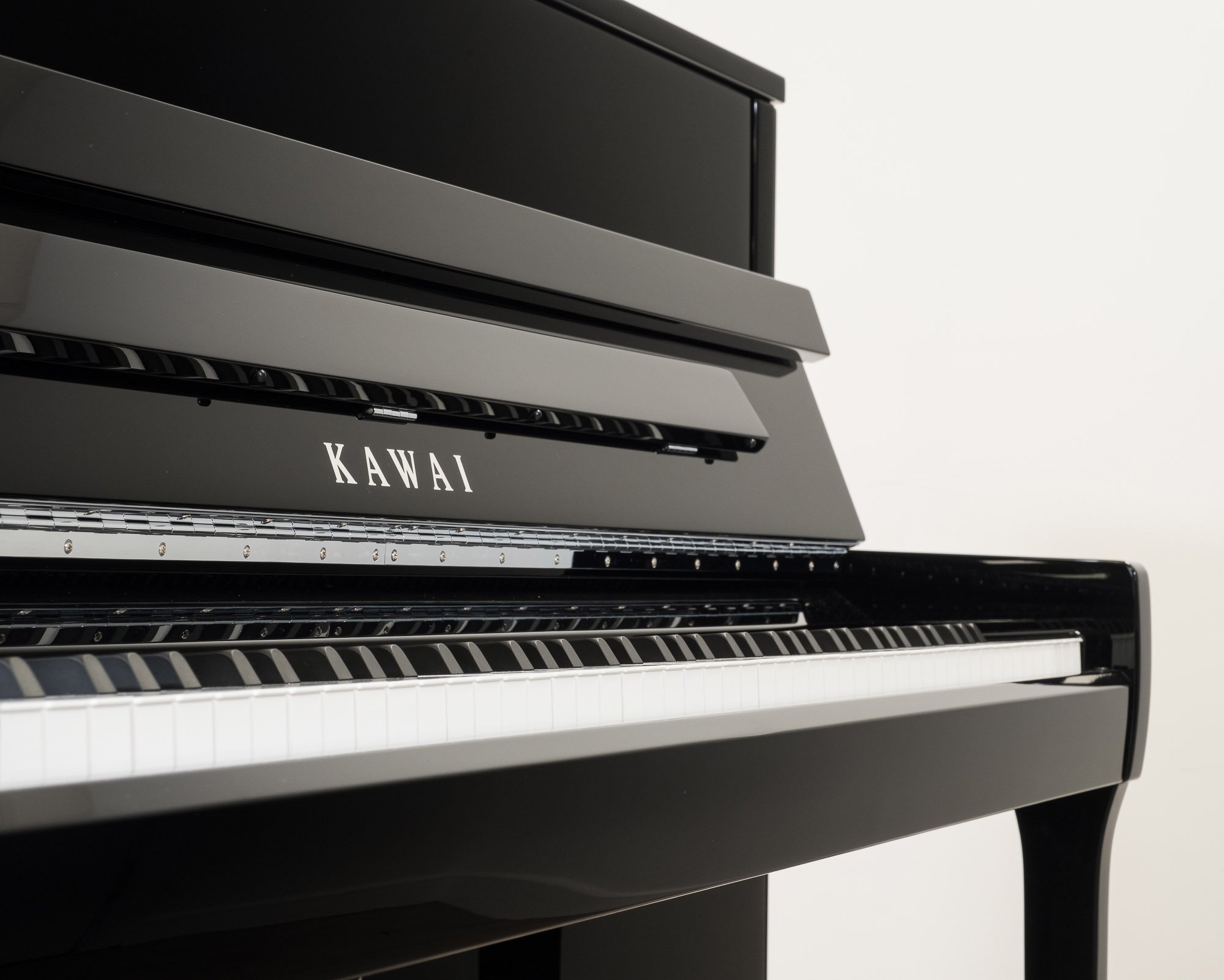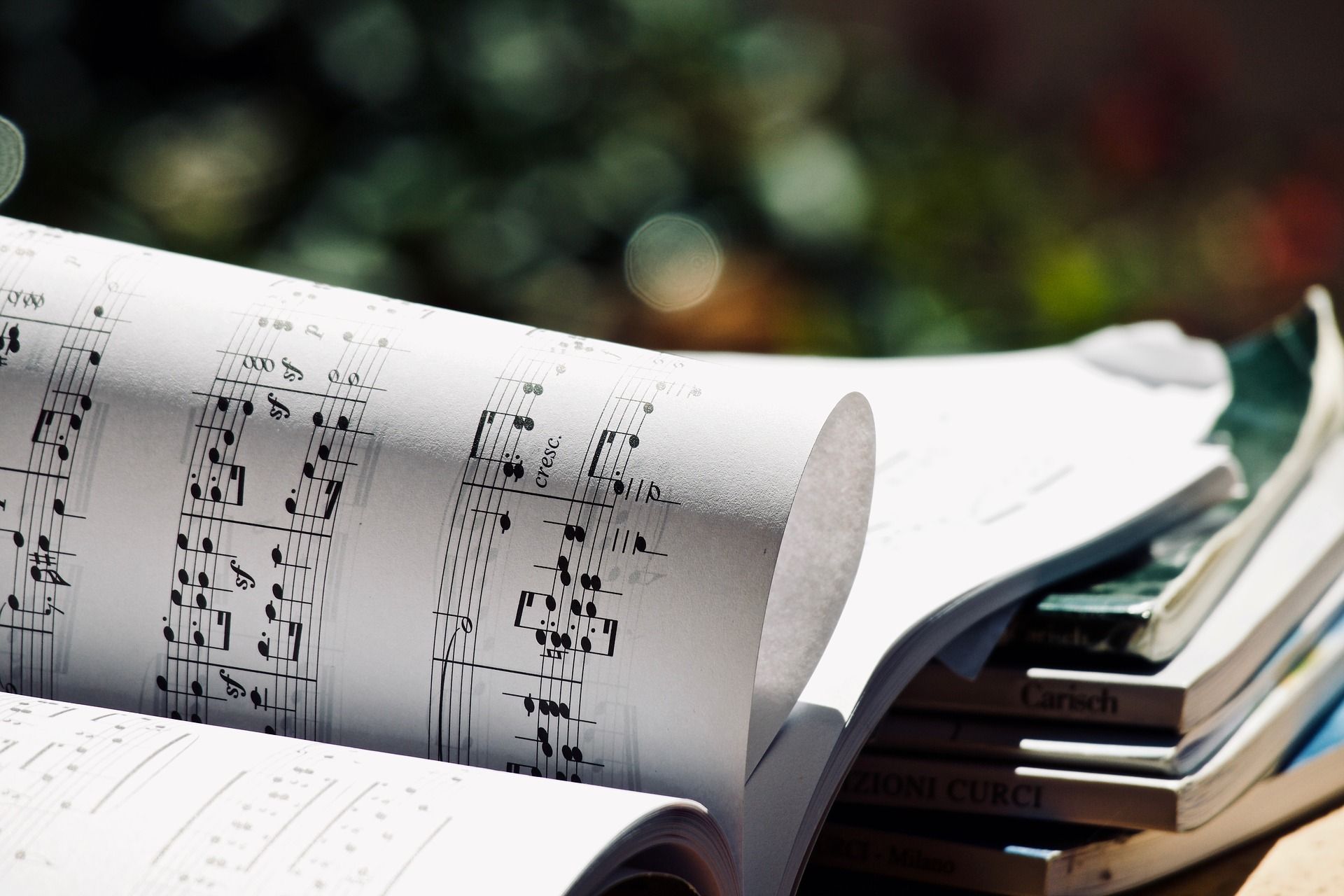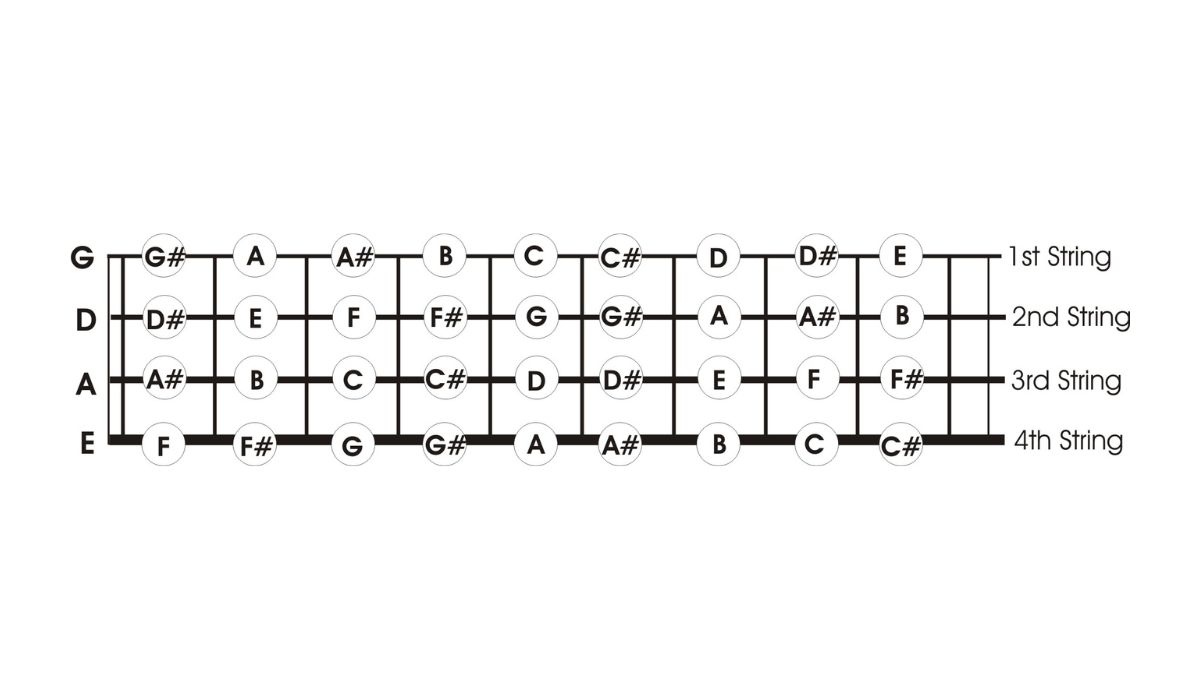Home>Instruments>Piano>What Are The Keys On A Piano


Piano
What Are The Keys On A Piano
Published: February 10, 2024
Discover the keys on a piano and learn about their functions. Explore the layout and structure of a piano keyboard. Find out more about playing the piano.
(Many of the links in this article redirect to a specific reviewed product. Your purchase of these products through affiliate links helps to generate commission for AudioLover.com, at no extra cost. Learn more)
Table of Contents
Introduction
The piano is a timeless and versatile musical instrument that has captured the hearts of music enthusiasts for centuries. Its melodic resonance and expressive range have made it a staple in various musical genres, from classical to contemporary. At the core of this instrument lie the keys, which serve as the gateway to a world of harmonious possibilities. In this article, we will delve into the intricacies of piano keys, exploring their layout, functions, and unique characteristics.
The keys of a piano are not merely components of its physical structure; they are conduits of artistic expression, each possessing the power to evoke a spectrum of emotions through the manipulation of sound. Understanding the anatomy and functionality of these keys is fundamental to mastering the art of piano playing and appreciating the instrument's complexity.
Whether you are a seasoned pianist, a novice enthusiast, or simply curious about the inner workings of this majestic instrument, join us on a journey to unravel the mysteries of the piano keys. Together, we will unlock the secrets behind their arrangement, their diverse functionalities, and the pivotal role they play in shaping the rich tapestry of musical compositions. Let's embark on this harmonious exploration and gain a deeper appreciation for the keys that breathe life into the timeless melodies emanating from the piano's soul.
The Layout of the Piano
Before we delve into the intricacies of the piano keys, it’s essential to familiarize ourselves with the instrument’s layout. A standard piano consists of 88 keys, encompassing a range of seven octaves plus a minor third. These keys are organized in a repetitive pattern of black and white, creating a visually striking and functionally intuitive layout.
The piano keys are divided into two main categories: white keys and black keys. The white keys, also known as naturals, form the primary foundation of the keyboard. In contrast, the black keys, referred to as accidentals, are interspersed among the white keys, adding depth and complexity to the instrument’s tonal range.
As we traverse the length of the keyboard, we encounter groupings of two and three black keys, which repeat in a cyclical fashion. This pattern facilitates the identification of specific notes and intervals, serving as a visual and tactile guide for pianists as they navigate the expansive sonic landscape of the instrument.
Understanding the layout of the piano is akin to deciphering a musical map, where each key represents a distinct destination on the auditory journey. Whether you’re drawn to the resounding depths of the bass register or the ethereal heights of the treble range, the piano’s layout invites exploration and discovery, beckoning musicians to unlock the boundless potential held within its elegant framework.
Now that we’ve familiarized ourselves with the piano’s layout, let’s embark on a closer examination of the white and black keys, unraveling their individual characteristics and roles in shaping the melodic tapestry of the instrument.
The White Keys
At first glance, the white keys of the piano exude a sense of pristine uniformity, spanning the breadth of the keyboard with an air of simplicity. These keys are the foundational pillars of the instrument, representing the natural notes of the musical alphabet: A, B, C, D, E, F, and G, which repeat in a continuous cycle across the octaves.
Each white key serves as a gateway to a distinct pitch, with the pattern of whole and half steps between them forming the familiar tones and semitones that compose musical scales and harmonies. As a pianist traverses the expanse of the keyboard, the white keys offer a tactile and visual roadmap, guiding the fingers to navigate the terrain of melodies and chords with precision and fluidity.
Beyond their functional significance, the white keys embody a sense of purity and clarity in their sonic resonance. Whether evoking the serene tones of a C major scale or the emotive depths of an A minor chord, these keys form the essential building blocks of musical expression, providing a canvas for artists to paint their melodic masterpieces.
As we immerse ourselves in the realm of piano playing, the white keys emerge as steadfast companions, offering a sense of familiarity and stability amidst the ever-changing tapestry of musical compositions. Their unassuming presence belies their profound impact, serving as conduits for the conveyance of emotions, narratives, and the universal language of music.
With their timeless elegance and unwavering resonance, the white keys stand as a testament to the enduring legacy of the piano, beckoning both seasoned virtuosos and aspiring musicians to embark on a harmonious journey across their expanse.
The Black Keys
Amidst the pristine expanse of the white keys, the black keys of the piano stand as enigmatic sentinels, bestowing depth, character, and chromatic richness upon the instrument. Positioned in groups of two and three, these keys, also known as accidentals, interlace with the white keys, creating a visually captivating mosaic that mirrors the intricate tapestry of musical expression.
Unlike their white counterparts, the black keys do not bear the burden of singular note names; rather, they embody the essence of dual identities, representing two distinct pitches depending on the context of the musical composition. This duality endows the black keys with a sense of versatility, allowing them to seamlessly transition between harmonic roles and infuse compositions with vibrant tonal nuances.
One of the defining features of the black keys lies in their capacity to unlock the realm of chromaticism, enriching musical phrases with expressive embellishments and intricate melodic inflections. Whether employed in the context of bluesy trills, exotic modal scales, or poignant key modulations, the black keys serve as catalysts for elevating musical narratives to new heights of emotional resonance.
Furthermore, the strategic placement of the black keys facilitates the execution of intervals and chords, empowering pianists to traverse the sonic spectrum with agility and finesse. Their tactile presence on the keyboard offers a tactile and visual anchor, guiding performers through the labyrinth of musical passages with grace and precision.
While the black keys may exude an aura of mystique, their significance in shaping the sonic landscape of the piano is undeniable. They embody the spirit of artistic exploration, inviting musicians to embrace the nuances of tonal coloration and embark on a voyage of expressive discovery across the keyboard’s rich terrain.
As we immerse ourselves in the realm of piano playing, the black keys emerge as catalysts for creative expression, infusing compositions with depth, intrigue, and the boundless allure of musical chromaticism.
The Function of the Keys
As conduits of musical expression, the keys of a piano serve a multifaceted and indispensable role in shaping the sonic landscape of compositions. Beyond their visual and tactile allure, these keys are instrumental in producing a diverse array of musical elements, ranging from melody and harmony to rhythm and dynamics.
One of the primary functions of the keys lies in their ability to articulate melody, allowing pianists to weave intricate tapestries of musical phrases that convey emotion, narrative, and thematic motifs. The sequential depression of keys generates a melodic cascade, breathing life into compositions and evoking a spectrum of moods, from exuberance to introspection.
Harmony, another cornerstone of musical expression, finds its manifestation through the collective interaction of keys, producing chords and progressions that underpin the harmonic framework of compositions. The strategic combination of white and black keys yields a rich harmonic palette, enabling pianists to craft lush chordal landscapes that resonate with depth and resonance.
Rhythm, an essential component of musical vitality, is intricately tied to the function of the keys, as their responsive nature facilitates the articulation of rhythmic patterns and accents. Through deft manipulation of the keys, performers imbue compositions with rhythmic vitality, infusing them with pulsating energy and dynamic momentum.
Furthermore, the keys play a pivotal role in dictating the dynamics of musical passages, allowing pianists to modulate the volume and intensity of their performances. From delicate pianissimo whispers to thunderous fortissimo crescendos, the keys respond to the nuanced touch of the performer, translating their expressive intent into a symphony of dynamic contrasts.
Ultimately, the function of the keys extends beyond their mechanical operation, transcending into the realm of artistic interpretation and emotional communication. They are conduits through which musicians channel their creative visions, breathing life into compositions and inviting listeners into a captivating world of auditory enchantment.
As we unravel the multifaceted function of the keys, we gain a deeper appreciation for their pivotal role in shaping the sonic tapestry of the piano, underscoring their significance as vessels of artistic expression and conduits of musical storytelling.
Conclusion
The piano keys, with their intricate layout, diverse characteristics, and multifaceted functions, stand as the quintessential embodiment of musical artistry and expressive potential. From the pristine uniformity of the white keys to the enigmatic allure of the black keys, each facet of the keyboard contributes to the rich tapestry of sonic exploration and creative expression.
As we traverse the expanse of the piano keyboard, we embark on a harmonious journey that transcends the realms of melody, harmony, rhythm, and dynamics. The keys, with their tactile presence and resonant allure, beckon musicians to unlock the boundless potential held within their elegant framework, inviting us to partake in the timeless tradition of piano playing and musical storytelling.
Whether evoking the serenity of a nocturne, the exuberance of a virtuosic concerto, or the introspection of a poignant ballad, the keys serve as conduits for the conveyance of emotions, narratives, and the universal language of music. They resonate with the echoes of musical history, bearing witness to the transformative power of human creativity and the enduring legacy of the piano as a cultural icon.
As we bid farewell to this exploration of the piano keys, let us carry with us a profound appreciation for the instrument’s soulful essence and the pivotal role that the keys play in shaping the melodic landscapes that enchant and inspire us. May we continue to revel in the timeless allure of the piano, embracing the keys as vessels of artistic expression and gateways to the wondrous realm of musical enchantment.











